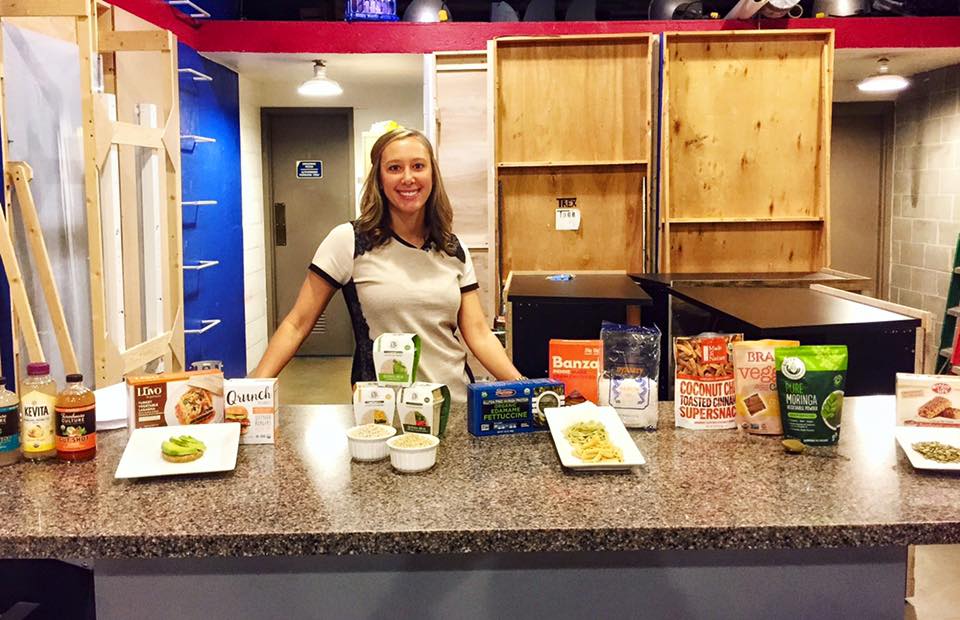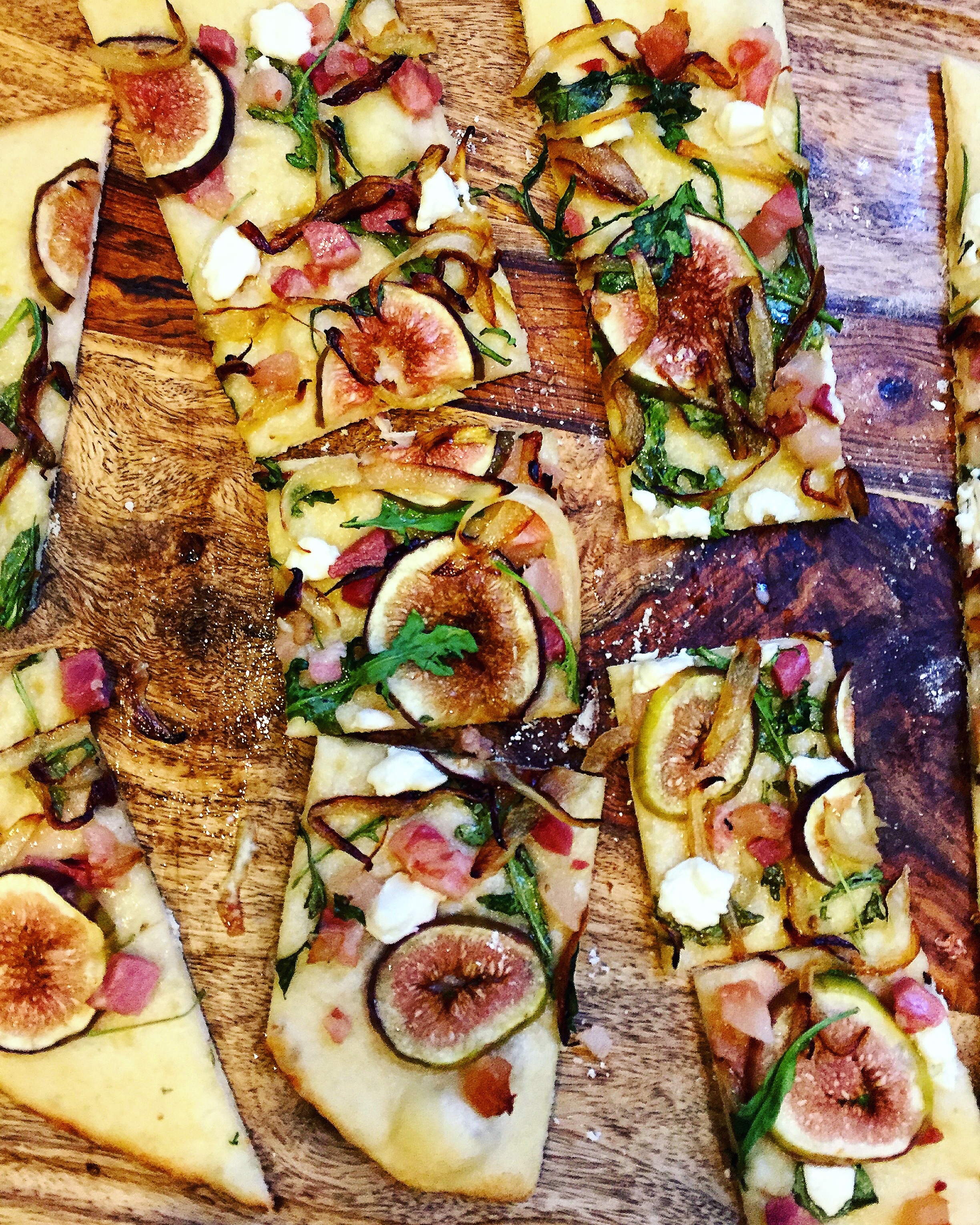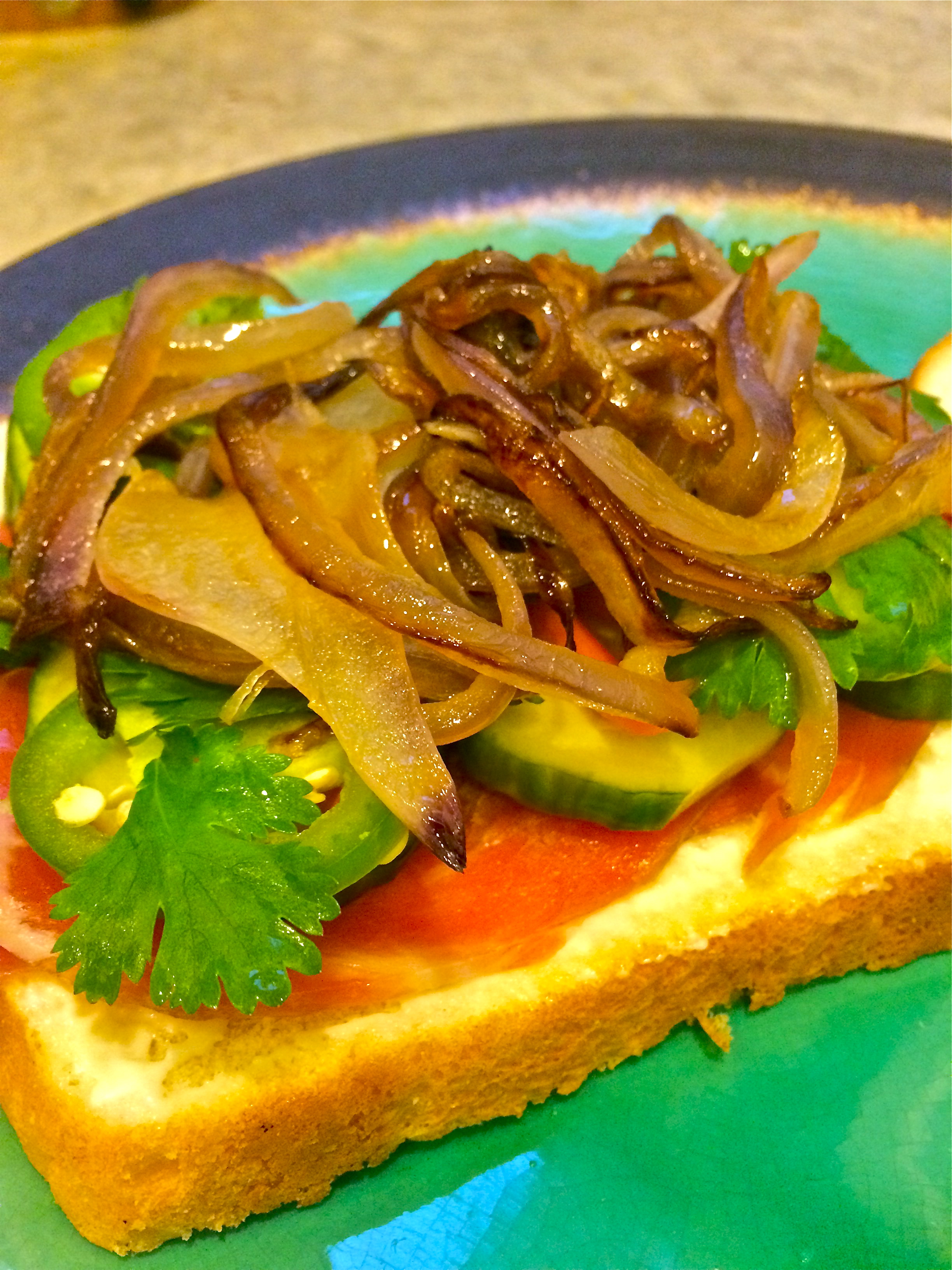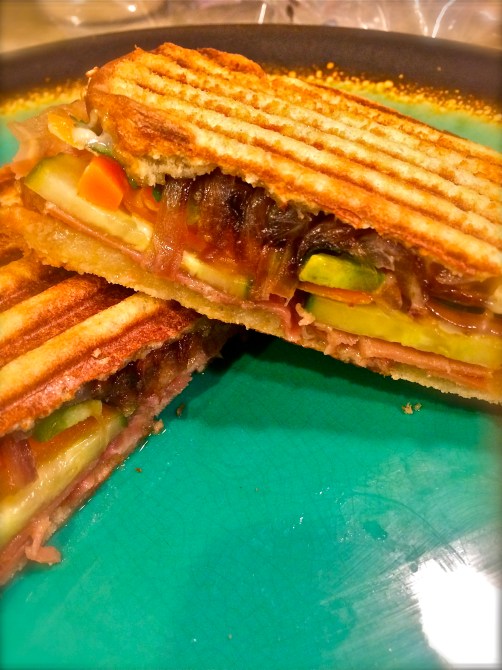

A couple weeks ago, I had the pleasure of talking about the effects of certain foods on cancer risk for the Friends For Life program at WZZM 13. It was so much fun and again reminds us of the link between diet and cancer. For the video, click the link below. However, please read on for the content below that includes a yummy cancer-fighting recipe!
Strong evidence shows that not just one single food, but a variety of fruits, vegetables, whole grains, and legumes in the diet can help reduce cancer risk. Specific vitamins, minerals, and phytochemicals with anti-oxidant properties have shown anti-cancer effects. Research also indicates that extra body fat can increase your cancer risk for 11 different cancers, again emphasizing the importance of following a healthy diet with a focus on plant-based foods. Below are some of MANY foods with cancer-fighting properties.
Apples–
- What you need to know:
- Contains quercetin and other flavonoids that are both anti-inflammatory and anti-oxidants
- Great source of dietary fiber and vitamin C
- Can help reduce risk of colorectal, mouth, pharynx, larynx, and lung cancer
- Quick tip: Eat the peel! The peel contains the majority of the quercetin and 1/3 of the phytochemical properties.
Blueberries–
- What you need to know:
- One of the highest antioxidant power among fruits due to phytochemical content. Anthocyanins, ellagic acid, and catechins make up just some of these great flavonoids giving blueberry their cancer-fighting properties.
- Great source of dietary fiber, manganese, and vitamins C and K.
- Can help reduce risk of colorectal, mouth, pharynx, larynx, and lung cancer, as well as increase self-destruction of lung, stomach, pancreatic and breast cancer cells.
- Quick tip(s): Got the winter blues for blueberries? Buy frozen! They are still high in nutrients and antioxidant phytochemicals. For double cancer-fighting properties, mix blueberries and ground flax seed in your pancake mix.
Cruciferous Vegetables (broccoli, cauliflower, brussel sprouts, cabbage, etc.)-
- What you need to know:
- Although nutrient and phytochemical properties vary amongst cruciferous vegetables, glucosinolates are compounds found in all cruciferous vegetables.
- Great source of dietary fiber, manganese, potassium, folate, and vitamins C and K.
- Reduce risk of colorectal, mouth, pharynx, larynx, and lung cancer. Also decrease inflammation and slow cancer cell growth.
- Quick tip(s): To retain the most nutrients, steam, microwave, stir-fry, or sauté instead of boiling. For extra cancer-fighting properties, combine more than one cruciferous vegetable to make a delicious side dish!
Dry Beans and Peas (Legumes)-
- What you need to know:
- Contain cancer-fighting substances, such as lignans, antioxidants from phytochemicals (flavonoids, inositol, sterols, etc.), and resistant starch, which promotes healthy bacteria in the colon.
- Great source of dietary fiber, protein, folate, and B vitamins.
- Reduce risk of colorectal cancer.
- Quick tip(s): Be sure to buy low sodium canned beans as much as possible. Try adding legumes to a salad or roasting them for a high fiber, crunchy snack.
Squash (Winter)
- What you need to know:
- Most common varieties: acorn, butternut, spaghetti, and hubbard.
- Great source of vitamins A and C, dietary fiber, and potassium.
- Rich in carotenoids, beta-carotene and alpha-carotene, which act as anti-oxidants in the body and help support the immune system.
- Reduce risk of colorectal, mouth, pharynx, larynx, and lung cancer.
- Quick tip(s): If you need to go the canned route, be sure to purchase 100% pure pumpkin, instead of the pumpkin pie mix. When selecting a squash that are of equal sizes, opt for the heavier one for more edible flesh.
Grapes or Grape Juice
- What you need to know:
- Rich in resveratrol, which is a type of phytochemical in a group of polyphenols.
- These polyphenols and resveratrol have anti-oxidant properties that have the ability to prevent and slow cancer cell growth in lymph, liver, stomach or breast cancers and trigger cancer cell death in leukemia and colon cancer tumors.
- The skin of the grape has the most resveratrol content.
- Red and purple grapes contain significantly more resveratrol than green grapes.
- Quick tip(s): For more resveratrol, opt for fresh grapes instead of grape jams or raisins. Red wine has resveratrol right? Correct. However, alcohol intake has been shown to increase risk of cancer. Therefore, I wouldn’t depend on red wine for your resveratrol and anti-oxidant effects.
Remember, the best way to get the cancer-fighting effects of these foods is to consume a variety of them together and not just one by itself. These are only some of the many cancer-fighting foods. For more information on cancer fighting foods, be sure to ask your dietitian or check out a more extensive list on American Institute of Cancer Research’s website at www.aicr.org. Check out my delicious recipe below using roasted brussel sprouts with grapes and walnuts for an example using more than one cancer-fighting food. Enjoy!
Roasted Brussel Sprouts with Grapes and Walnuts

Servings: 4
Ingredients:
- 12 ounces fresh brussel sprouts, halved
- 1 1/4 cups seedless red grapes, removed from stems and halved
- 1 Tbsp extra-virgin olive oil
- 2 Tbsp fresh rosemary
- Salt and pepper, to taste
- 1/2 cup walnuts, chopped
- 2 tsp balsamic vinegar
- 2 Tbsp 100% pure maple syrup
Directions:
- Heat oven to 450 degrees.
- Toss brussel sprouts and grapes with olive oil, maple syrup, salt, pepper, and rosemary and place in a rimmed baking sheet or glass baking sheet.
- Roast until caramelized about 20 minutes. Remove pan from oven, rotate sprouts and grapes to expose their opposite sides, and mix in walnuts. Roast for another 5-8 minutes. Drizzle with balsamic vinegar.
Resources:
http://www.aicr.org/foods-that-fight-cancer/
-EAW








































